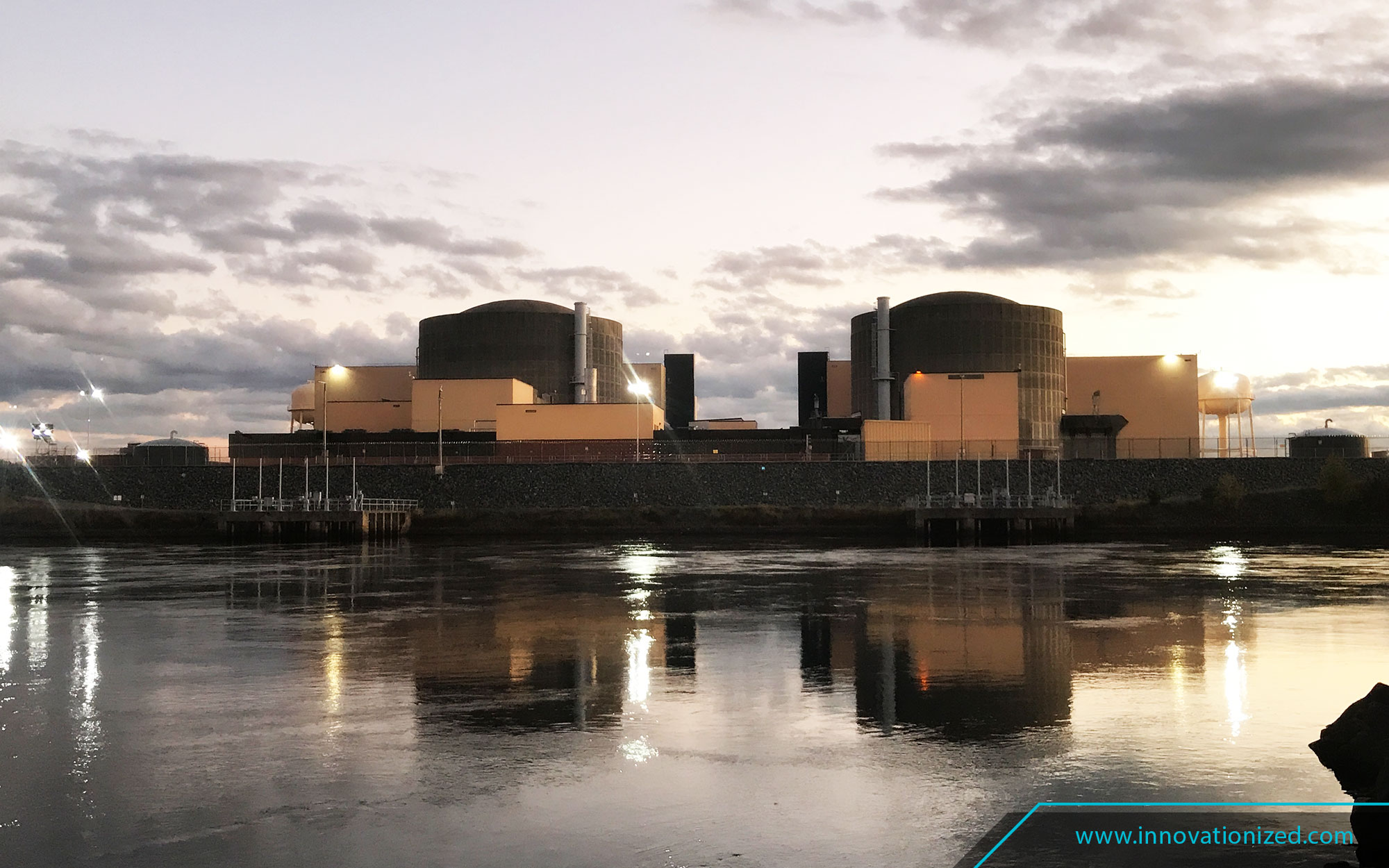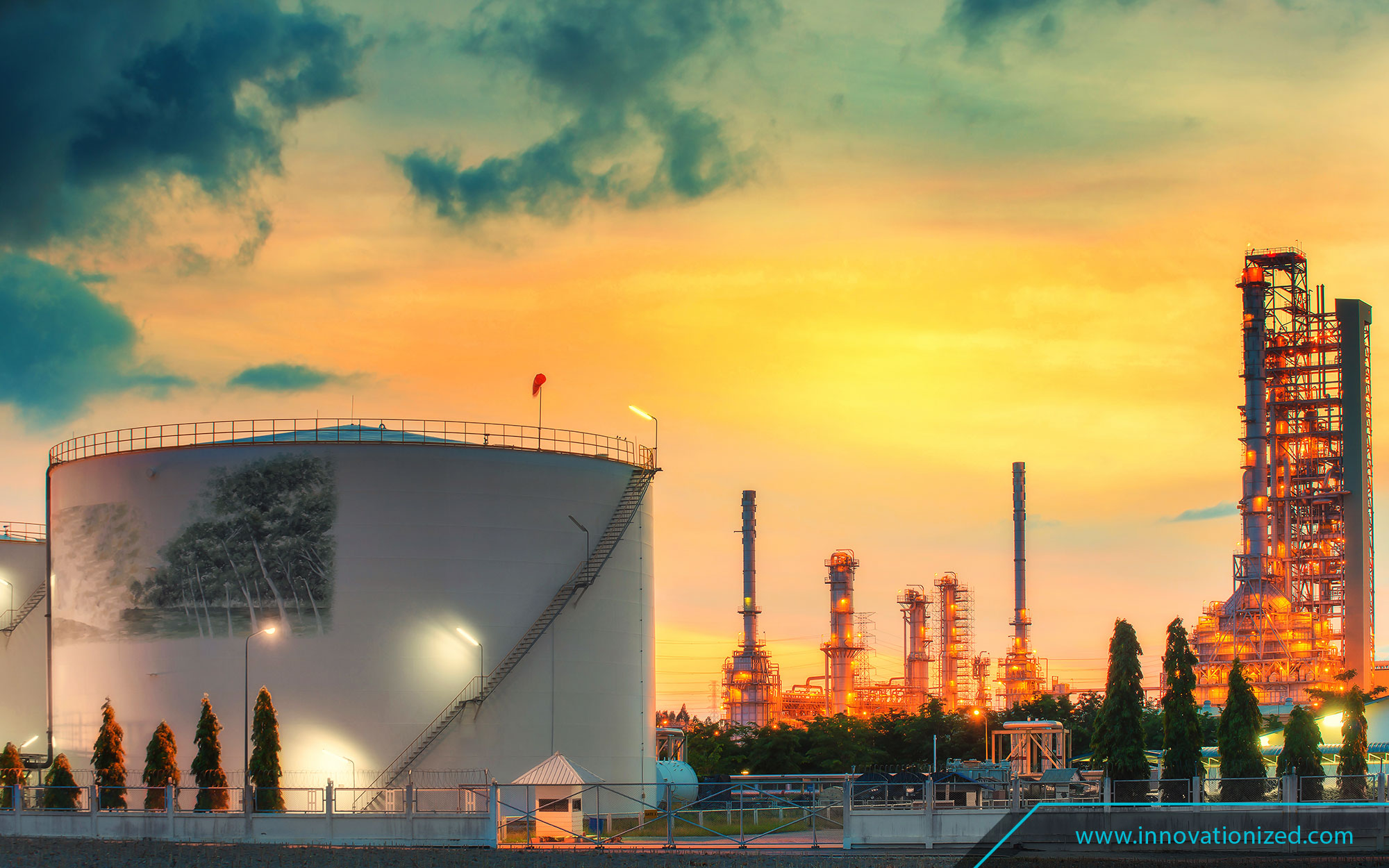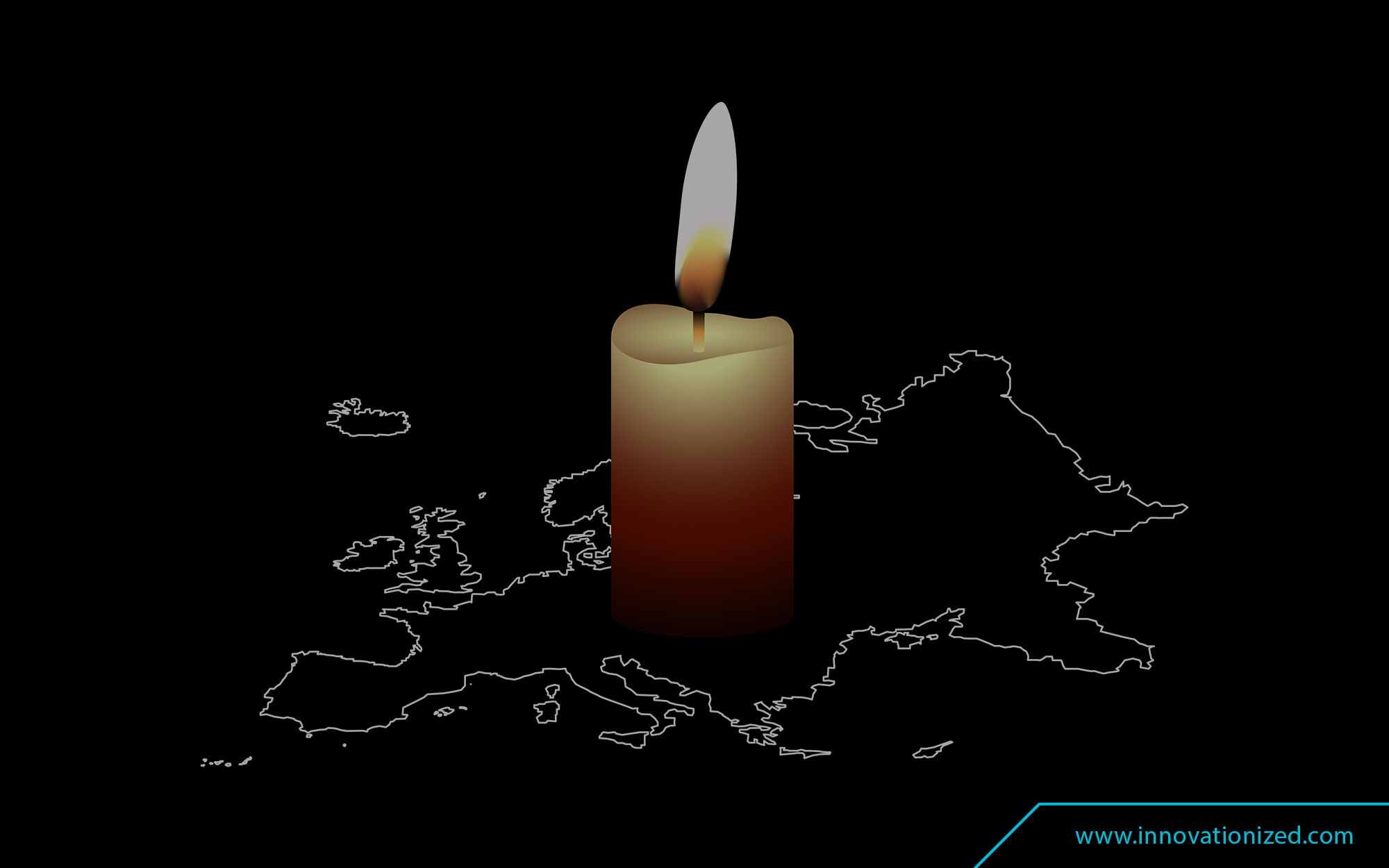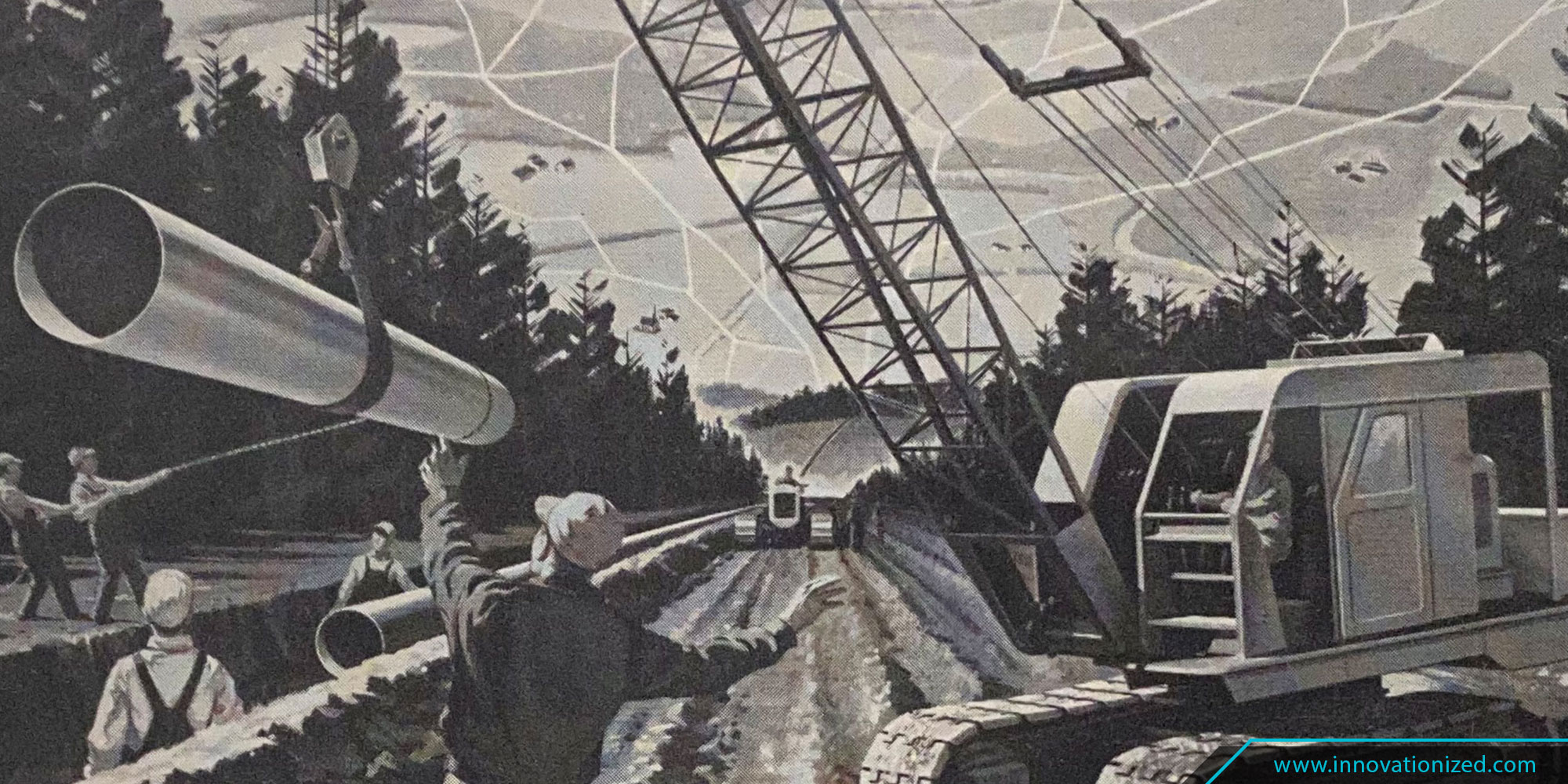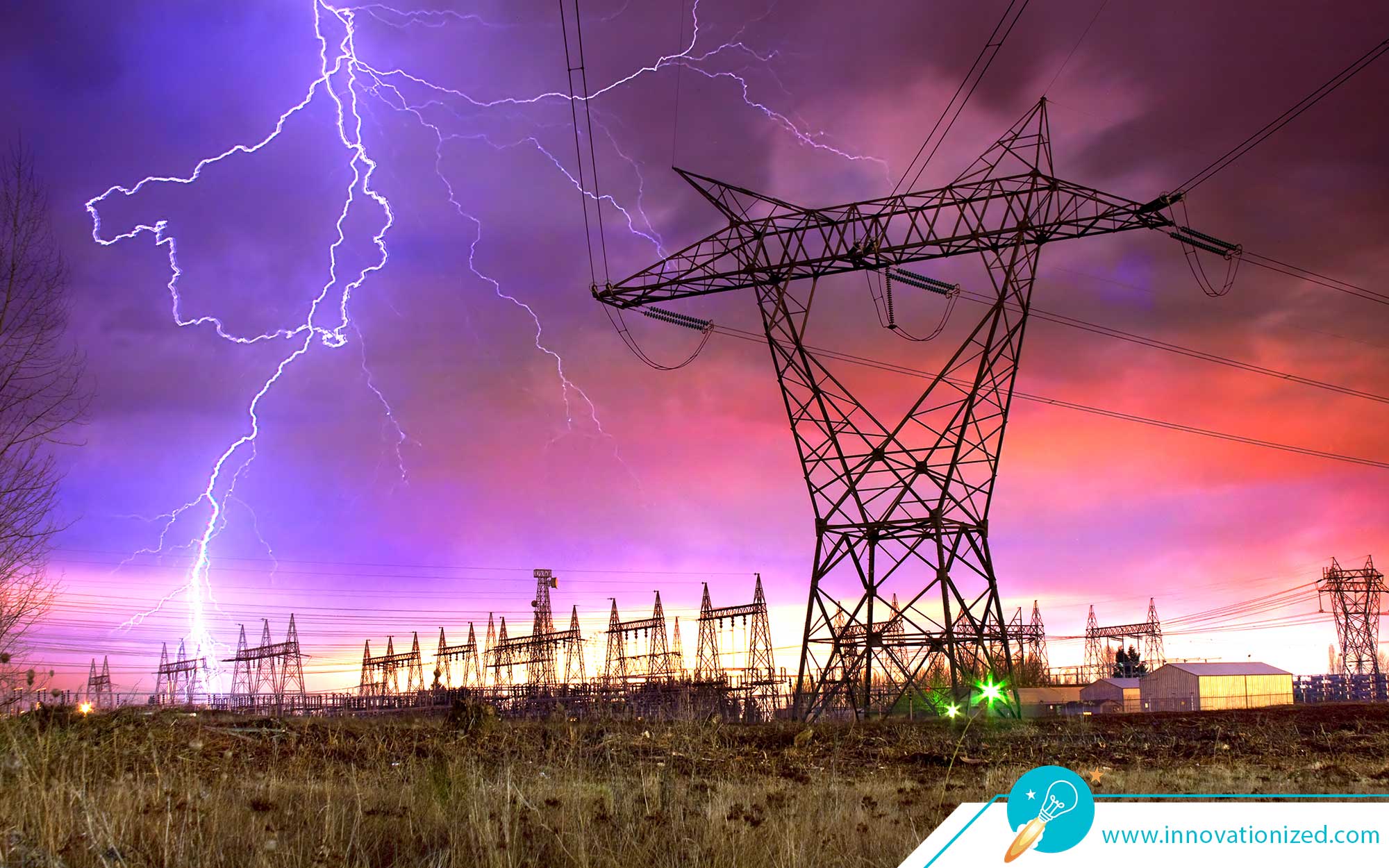Electricity powers the modern world. It has been called, “The Modern Emancipator,” as it freed people’s lives from being dictated by the rising and setting sun. And today we need more of it than ever.
Nuclear power is one of the safest and cleanest forms of electricity generation, and reliable and economical, yet it has been misrepresented and maligned for over half a century. This has stalled its growth and driven us to relying on less efficient and more dangerous forms of energy. It has cost countless human lives and health problems. Thanks to activists’ misinformation, and the media’s often uncritical propagation of it, the benefits and safety of nuclear generated power is not understood.
Every energy source has its advantages and drawbacks, from its efficiency, to the cost of the process to convert it into usable power, its reliability, its impact on the landscape and surrounding communities, to the byproducts and waste. Nuclear power is no different.
The key is to look at all the facts, and evaluate the viability and desirability of the energy given those facts, and perhaps most importantly, against the existing alternatives.
When it comes to nuclear power, the benefits are clear.
Why Even Consider Nuclear Power?
Enriched uranium is incredibly energy dense, 87,000 times that of gasoline [1]. That means it requires very little of it to do a lot of work, for a long time, constantly and reliably.
This has positive impacts throughout the energy supply chain.
For instance, in mining raw materials for power generation, nuclear power requires the displacement of five thousand times less soil than its equivalent power in coal. [2]
To supply a 1000 MW coal-fired plant for a year it takes 38,000 rail cars of coal, whereas a nuclear power plant generating the same 1000 MW only takes 6 truckloads of nuclear fuel. [3]
This translates into a huge reduction in labor, transportation, pollution, and risk.
Coal has been immensely beneficial as an energy source, but nuclear is far superior. Despite the heavy-handed mandates and subsidies given to solar and wind, fossil fuels are still the leading fuels for generating electricity in the US, producing nearly 60 percent of electricity in recent years. Coal produces 36 percent of electricity worldwide. Coal poses far more dangers to human health than nuclear generated power. And we’ve known this for decades. In 1976, Beckmann cites the annual human cost of coal [4] over and above that of nuclear in the US, coal causes an additional:
- 72 deaths by black lung disease
- 13 deaths from accidents
- 103,000 disability days due to injuries
And hazards to the public from coal-fired plants versus nuclear plants, coal adds an additional:
- 360 premature deaths from lung and heart disease from air pollution
- Unknown number of transportation accidents from 600,000 rail cars versus 100 trucks
- 5 million tons of coal ash versus 20 cubic meters of nuclear waste.
While coal plants burn more cleanly today, depending on the source, the figures are still higher than nuclear. The Clean Air Task Force, give higher numbers for the mortality and disease from coal, “[E]xisting coal plants is expected to cause nearly 13,200 deaths in 2010. Additional impacts include an estimated 9,700 hospitalizations and more than 20,000 heart attacks per year.” [5]
Whatever the specific numbers, using coal in place of nuclear, puts more lives at risk of health problems and premature death.
A recent report estimates that Germany’s nuclear phase-out has come at the cost of more than 1,100 additional deaths each year. Globally, it is estimated that nuclear power has saved around 2 million lives.
Thus, the benefits of nuclear power in terms of reduced mortality and morbidity, are huge.
But, even when these benefits are well known, many people remain opposed to nuclear power due to safety concerns. So what are the hazards of nuclear power?
But What About the Radiation?
What about the radiation from energy generation?
This is where it is especially important to bear all the facts in mind, and the alternatives.
Nuclear power plants do not introduce radiation into the environment. The earth is saturated with radiation, and is bathed in cosmic rays.
The average US citizen gets about 620 millirems of radiation per year, half from natural sources and half from man-made sources. That radiation is unavoidable, it’s in the air you breathe, in the ground you walk on, in the food you ingest, and in your blood. [6]
But must we really add to it by building nuclear power plants?
How much would you guess that nuclear plants add to the average citizens exposure to radiation? Perhaps another 300 mrems or 100 mrems?
Nuclear power plants raise the average US citizen’s dose by 0.003 mrems year. Even if you live just outside the fence of a nuclear power plant, you’d still get less than 5 mrems a year.
“Grand Central Station in Manhattan could never be licensed as a nuclear reactor, for its radioactive granite blocks would violate Nuclear Regulatory Commission regulations.” -Petr Beckmann
But humans are safe with radiation levels far above the 600 mrem range. According to the US Nuclear Regulatory Commission (NRC), there is no evidence of harm at well over 10 times this level, and as high as 10,000 mrems.
That’s under normal operational conditions, but what about nuclear power plant malfunctions?
Risks and Severity of Nuclear Accidents
Nuclear accidents happen, as they do in every industry. Even taking into account the worst nuclear accidents, nuclear is still one of the safest energy sources by far.
There have been three major nuclear accidents. And if anything, they prove not how dangerous nuclear power is, but how safe.
Three Mile Island, Harrisburg, PA 1979 – Unit 2 reactor suffered a partial core meltdown. There were no fatalities, no injuries, and no environmental damage, thanks to the Emergency Core Cooling System (ECCS) and the containment building. [7]
According to the US Nuclear Regulatory Commission, the approximately two million people around TMI-2 received 1 millirem above the usual background dose, about 1/100 of a person’s annual radiation dose. The NRC notes, “Comprehensive investigations and assessments by several well-respected organizations, such as Columbia University and the University of Pittsburgh, have concluded that in spite of serious damage to the reactor, the actual release had negligible effects on the physical health of individuals or the environment.”
Chernobyl, Ukraine, 1986 – A runaway chain reaction, steam explosion disassembled the reactor and the subsequent fires caused about 5% of the reactor core to breach containment and be released into the environment. (World Nuclear: Chernobyl Accident 1986)
By the standard of the amount of radiation released, Chernobyl was the worst nuclear accident. There were 50 deaths (with 2 in immediate from the blast and 29 firemen due to radiation exposure in the following three months). [8]
In a detailed 20-year study, the International Atomic Energy Agency and the World Health Organization estimated there will be another 4,000 eventual premature deaths among residents and workers.
There is no doubt that this was the worst nuclear disaster in history. The radiation released, was comparable to that of an atomic bomb.
Even so, the cost in human lives was relatively small. To put it into context, it’s comparable to the number of people killed by lightning each year in the US.
The United Nations Scientific Committee on the Effects of Atomic Radiation concluded, “there is no evidence of a major public health impact attributable to radiation exposure 20 years after the accident.”
As many commentators have noted however, the RBMK-1000 reactor design was inferior, and no such system would be built or approved for operation in the US. In addition, the Russian technicians took unnecessary risks and made some bad decisions. The Office of US Nuclear Energy notes that operators deliberately disabled six different safety systems in order to see if Chernobyl’s reactor could survive the loss of off-site power without its cooling system.
A point seldom made, but that should be emphasized, is that the Ukraine was under Soviet rule at the time, and the Soviets had a disdain for truth and for life. Their actions made the accident worse than it could have been. They did not immediately acknowledge what had happened, and delayed informing residents to take precautions and to evacuate.
Serhii Plokhy, professor of history at Harvard university explains that, “For 36 hours after the explosion, people were given no reliable information about it and left virtually on their own. They never received instructions on how to protect themselves and their children. Radiation levels that according to Soviet laws were supposed to trigger an automatic public warning about the dangers of radiation exposure had already been recorded in the early hours of April 26—but were ignored by one official after another.”
The Chernobyl reactor was built to lower safety standards and with an inferior design. [9] No reactor in the US uses the design of the Russian reactor. US reactors cannot have a runaway chain reaction like the RBMK design.
In addition, US reactors have containment vessels consisting of steel-laced concrete domes four feet thick, and designed to withstand the impact of a jetliner at landing speed. In the very unlikely case that there is a major disaster, the probability of total containment is virtually certain. [10]
Fukushima, Japan, 2011 – An undersea double earthquake caused a tsunami to pummel the Fukushima plant with waves almost 50 foot high, flooded the plant, and led to a full meltdown of three reactors. This was a very serious disaster, about as bad as it gets.
But even so, there were no casualties from radiation. According to monitors, radiation levels in the capital city, Fukushima, are back to normal and comparable to those in Hong Kong and London.
Unfortunately, there were many casualties caused by anti-nuclear hysteria, and in particular that emanating from the US Nuclear Regulatory Commission, whose chairman ordered Americans to stay at least fifty miles away from the Fukushima facility, including the US Navy forces on their way to help with rescue efforts. No one died from radiation, but 20,000 people died in tsunami disaster. [11]
Despite the lack of casualties, widespread confusion remains about nuclear power in general, and Fukushima in particular. At a recent climate conference, COP26 held in Glasgow, an expert on stage was heckled for saying there were no radiation deaths from Fukushima.
Although no one died as a result of the meltdown, Fukushima was not a trivial event. There is still a lot of work to do at the site, and at great cost. But nuclear power will be even safer for it.
Fukushima and Chernobyl were Level 7 on the International Nuclear Event Scale, the highest possible. Yet, the accidents reveal that the widespread fear-mongering of environmental groups and the media have been basely and wildly exaggerated.
“1.35 million people die in roadway accidents every year… [but there have been] no more than a total of 60 people have died in nuclear power-related fatalities from the 440 nuclear power plants worldwide. And all of these fatalities were from Chernobyl… We are more than a million times more likely to die in a roadway accident than in a nuclear power-related accident.” -Patrick Moore
What the evidence overwhelmingly demonstrates, is that nuclear power is nothing like the “nightmare” that has been portrayed by environmentalists. In fact, it is extremely safe, even when subjected to the unpredictable and most powerful forces of nature.
What About the Nuclear Waste?
Well first of all, “waste” is a misnomer. As Patrick Moore points out in his Confessions of a Greenpeace Dropout, a better term is “used nuclear fuel.” The reason is that the so-called waste still contains 95 percent of the energy that was in the reactor, which only extracts 5 percent of the energy. Thus, so-called waste, is actually a very rich and important source of energy and can be recycled for future use in reactors.
There is still the problem of storing spent fuel, even if the amount can be reduced through recycling. Here again, it is important to take into account all the facts.
Radiation is a natural phenomenon. We aren’t creating it. Uranium is scattered randomly across the earth. We merely find it. Purify it. Generate power from it, then move it back to a far safer place than where we found it.
The byproduct of nuclear power is the least convincing reason we should abandon nuclear power. Its lack of waste is a huge advantage of nuclear power. Compared to the only viable alternative, fossil fuels, and especially to coal, the waste is miniscule and entirely manageable safely. The volume of waste from a nuclear power plant is five million times less than that from a coal-fired plant, and much more manageable and disposable safely than millions of tons of toxic coal ash.
“If all the US power capacity were nuclear, the total waste per person per year would be the size of an aspirin tablet. The wastes generated per person per year by coal-fired plants amounts to 320 pounds of ash and other poisons.” [12] Or to put it differently, “If the entire US electricity capacity were nuclear, and it ran at present (1979) rate for 350 years, the volume of waste would amount to a cube 200 feet per side.” [13]
We have the technology to encase nuclear waste in special, extremely durable glass. It makes the waste waterproof, fireproof and earthquake proof. This glass encased fuel can be safely buried, preferably in salt deposits, where it will pose no risk to groundwater or humans. As Beckmann points out, the alternative is to bury fossil wastes in millions of people’s lungs. [14]
One such spent fuel depository is Yucca Mountain in Nevada. The site was thoroughly vetted and approved in 2002. The Obama administration shut it down in 2011. The Government Accountability Office made it clear that the closure was for political reasons, not technical or safety issues. [15]
“Yucca Mountain – the most studied real estate on the planet.”
What this means is that instead of radioactive waste being safely stored in deep in an uninhabited desert with strict monitoring and security, it is being stored in hundreds of cooling ponds adjacent to reactors located near metropolitan areas all over the US. [16]
The Real Threat to Human Progress and Welfare
The truth is, nuclear power is not only benign, it is hugely beneficial. It’s ability to deliver electricity at scale, can power industry and the technologies our lives depend on, well into the future, cleanly, reliably and safely. It’s a tragedy that we don’t have more of it. In fact, we’ll soon have less of it.
Electricity generation from nuclear has remained flat for decades (providing only 20 percent of US electricity needs). The US has five reactors scheduled for retirement in 2021, representing over 5 gigawatts of clean, reliable electricity capacity. An Energy Information Administration report notes, “If all five reactors close as scheduled, 2021 will set a record for the most annual nuclear capacity retirements ever.”
Anti-nuclear activists and environmental groups like Greenpeace, have misinformed the public and the media for decades. They have stoked panic and campaigned to make nuclear energy as unsafe as possible, in order to discredit it, drive up the costs of building and operating nuclear power plants, with the eventual goal to end nuclear as a viable energy source.
The real threat to human well-being, is not nuclear power. The real threat is the ideological movement opposed to the very idea of humans doing well.
References
1. Robert Bryce, Smaller, Faster, Lighter, Denser, Cheaper (PublicAffairs, 2014), 248. Uranium’s energy density is 3,900,000 mega joules per kilogram, oil’s is 41.9 MJ/kg and refined gasoline 45.8 MJ/kg.
2. Petr Beckmann, The Health Hazards of Not Going Nuclear(Boulder, CO: The Golem Press, 1979), 86-87, 124.
3. Ibid, 86.
4. Ibid, pp 81. Also, Access to Energy (International Institute for Economic Research, 1979), 19.
5. The Clean Air Task Force, The Toll from Coal(Boston, MA: CATF, 2010), 10.
6. US Nuclear Regulatory Commission (NRC), “Background on Biological Effects of Radiation,” (NRC Website, 2017).
7. Ibid, “The Grand Disaster: Why No Casualties?” Access to Energy (International Institute for Economic Research, 1979), 22.
8. Many sources give a death toll of 31, while the United Nations estimated that only 50 deaths can be attributed directly to the disaster.
9. US reactors are designed to be intrinsically stable. They have a “negative temperature coefficient of reactivity,” meaning that as the temperature rises, the power level falls, so a Chernobyl-style runaway chain reaction is impossible. Robert Zubrin, The Merchants of Despair (Encounter Books, 2012), 142.
10. Beckmann, The Health Hazards of Not Going Nuclear, 46.
11. Robert Zubrin, The Merchants of Despair(Encounter Books, 2012), 141.
12. Beckmann, The Health Hazards of Not Going Nuclear, 99.
13. Ibid, 102.
14. Ibid, 102.
15. Hannah Northey, “GAO: Death of Yucca Mountain Caused by Political Maneuvering,” (New York Times, May 10, 2011).
16. Zubrin, The Merchants of Despair, 144-145.

